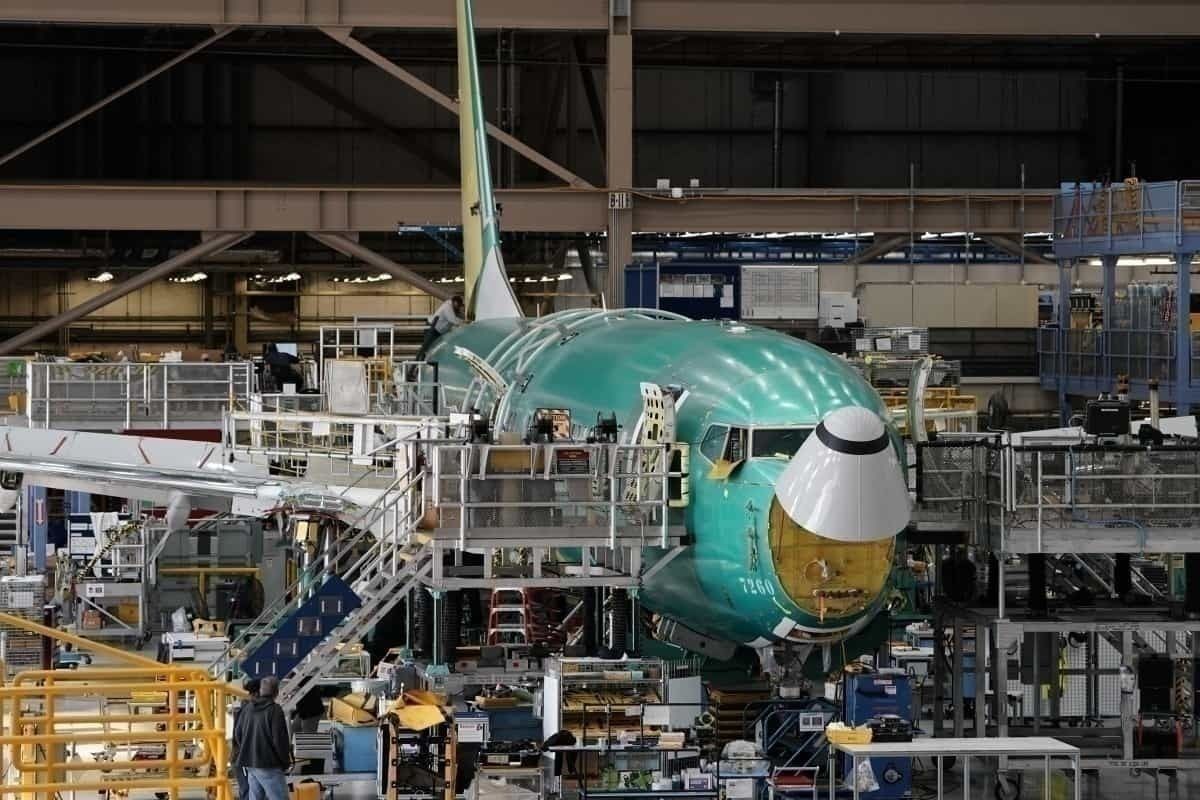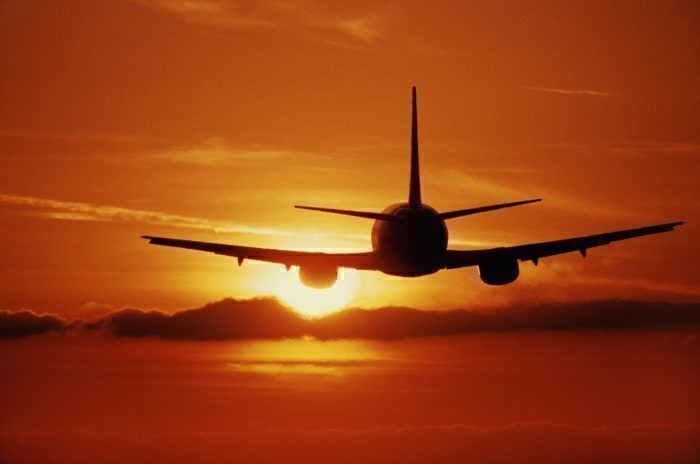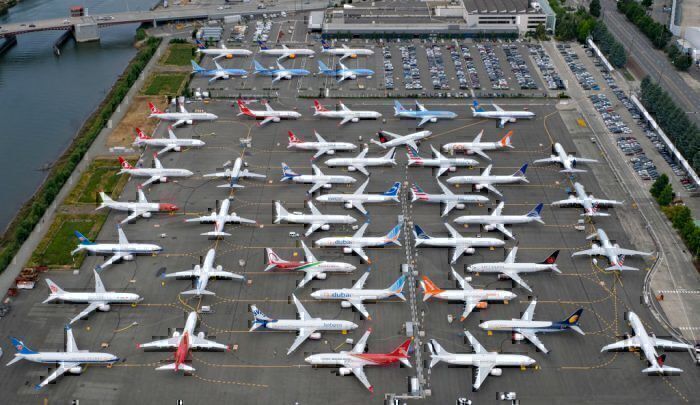As Boeing’s 737 MAX remains grounded, speculators have asked more than once whether the US planemaker would be better off just scrapping the project and focusing on a brand new narrowbody instead. However, Rob Morris, Global Head of Consultancy at Cirium, thinks it would be impossible for the manufacturer to walk away. Here’s why.
Will Boeing be forced to cancel the program?
As the grounding drags on and looks set to enter its second year, there has been plenty of speculation as to whether Boeing should just cancel the program. Despite FAA assessment and Boeing’s assurances that the jet is safe, some have branded it a ‘flawed design’, suggesting Boeing might be better off giving up altogether.
In a video update posted by Rob Morris, Global Head of Consultancy at Cirium, this question was broached in some detail. In short, Rob believes it is not possible for Boeing to abandon the 737 MAX project, largely due to the amount of money that’s already sunk into it. He said,
“In the short term, we believe Boeing has no choice other than to pursue the MAX recertification to completion and rerun the aircraft to service and production.”
Rob estimates that Boeing could have as much as $12bn of inventory sitting waiting to be delivered. In the event that the MAX program was canceled, that would have to be written off. That’s no small amount, and even if some value could be clawed back, Boeing would still be looking at an epic loss. He said,
“Even if Being were able to recover some of that through scrap of the aircraft, there would still likely be in excess of $10bn write off required here.”
Added to this is the current Boeing backlog of 4,420 aircraft, which Rob conservatively estimates to be valued at $220bn. Boeing would have to write this off too, and that’s before you get into the costs of physically canceling the program.
You can watch Rob’s video in full below:
What about the Future Small Airplane?
The Boeing FSA was never intended to be ready this soon. When Boing developed the MAX, they assumed it would see them through a decade, perhaps even longer, by which time the next generation, clean-sheet design narrowbody would be ready.
So, why can’t Boeing pull the plug on the 737 MAX and focus on this instead? Rob explained,
“Even if Boeing were to launch the FSA today, they would be unlikely to be able to deliver that aircraft before 2027 at the earliest.”
Rob goes on to point out that perhaps the necessary materials, concepts and technologies are not even yet available for the FSA. The FSA would have to be not only a step up from the 737 MAX and the Airbus A320neo family, it would also have to be on par or better than whatever Airbus brings to market as the next narrowbody iteration.
As such, the success of the FSA relies on not only the next generation of aircraft design, but also the suppliers required being mature enough to commence production on a mass scale.
Airlines can’t wait
Probably the most compelling reason that Boeing cannot simply walk away from the MAX is its customers.
Airlines not only have several hundred MAX grounded around the world, but they also expected to receive some 400 -500 additional aircraft by the end of last year. In total, that means there are around 800 – 900 single-aisle aircraft missing from the global network right now.
Rob estimates this to account for around 3.6% of global airline capacity at the end of 2019. As he notes, despite IATA’s calculation of a 3.5% growth in 2019, if the MAX was in service, we could have been looking at around 7% growth.
Airlines cannot wait five to ten years for Boeing’s FSA to become a reality. While most have managed the grounding of the MAX fairly competently, it’s caused a world of pain for many. The MAX needs to return to service promptly, and only after this can Boeing start to think about what comes next.
In summary, as much as the world would love an FSA sooner rather than later, for now, the future is the 737 MAX.



